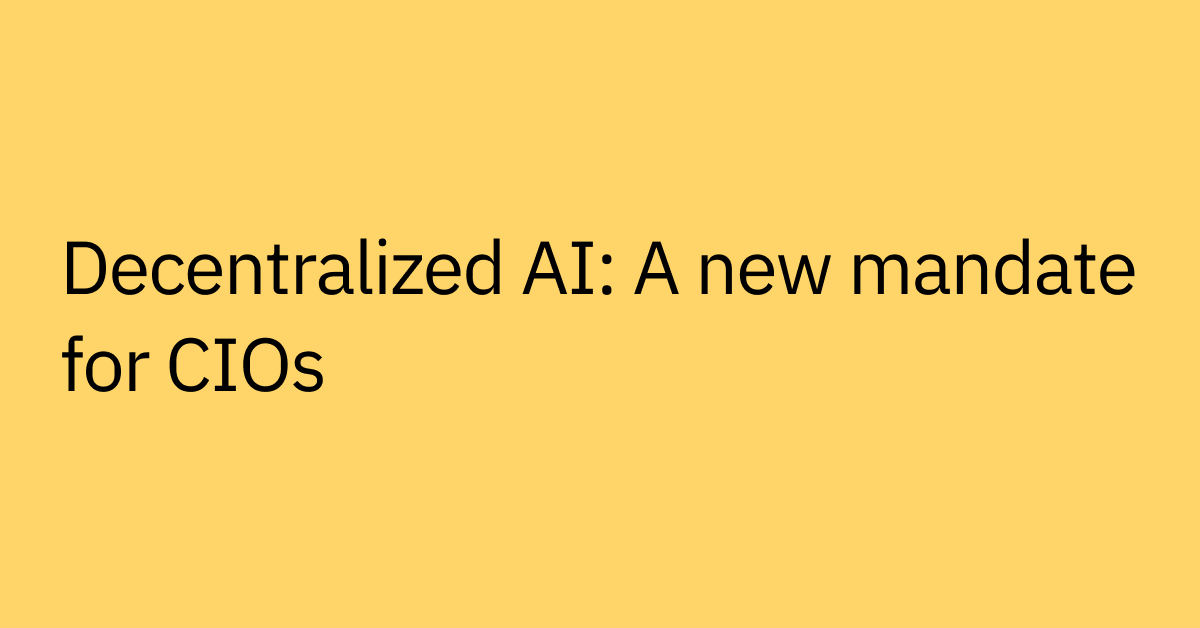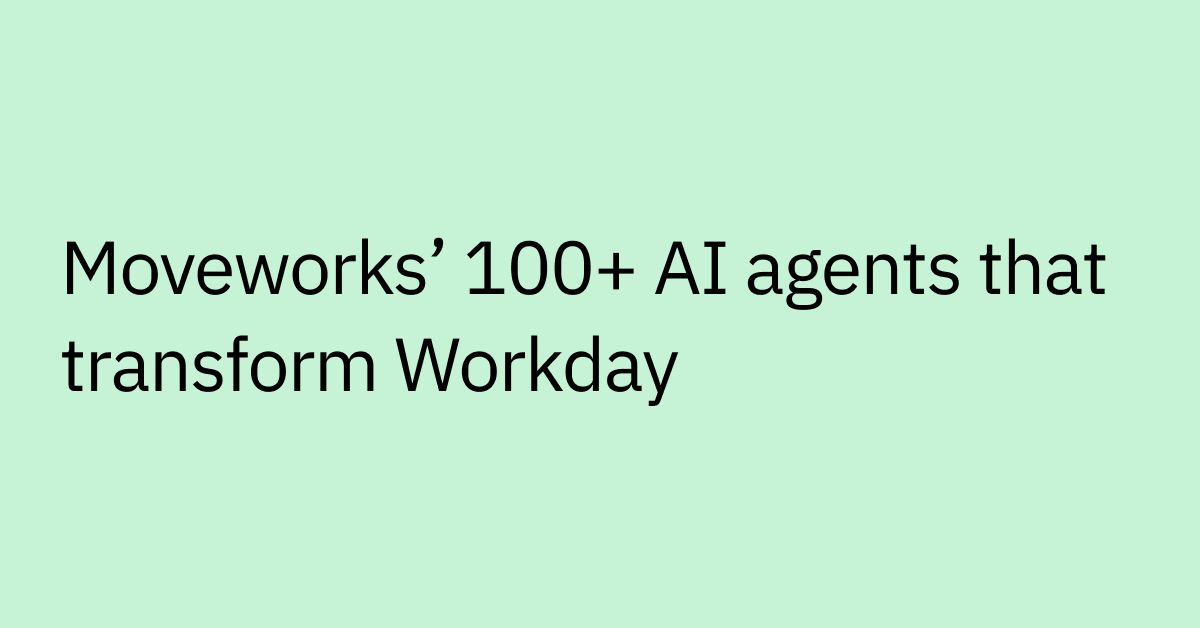Table of contents
ChatGPT isn’t just a seminal moment in AI history; it’s a seminal moment in human history. It’s fair to say that the biggest change to the Internet since crypto just happened.
A lot of new technology sneaks up on you slowly. By the time it arrives, it's normalized — or, at worst, fails to live up to the hype. Think: Google Glass, 3D TVs, or the Segway. Each of these innovations entered the scene with much fanfare but didn’t quite hit the mark.
ChatGPT is different than these other innovations. It almost came out of the blue.
Before November 2022, large language models (LLMs) were relegated to Ph.D. dissertations and niche Substacks. Launching ChatGPT was an ingenious way to make the incredibly powerful LLM technology available for anyone interested in experimenting.
Presenting itself as an easy-to-use chat interface, you can ask ChatGPT literally any question that comes to mind, and the results are nothing short of incredibly engaging and creative content. Unless you happened to stumble upon a random person at a coffee shop wearing Google Glass or enjoyed a Segway tour on vacation, you never had the opportunity to experience the genuinely transformative tech behind these products. With ChatGPT, all you need is a WiFi connection.
Since ChatGPT launched, it has continued to give everyone who’s played around with it a sense of wonderment. And what’s even cooler is that this is only the beginning. This instant chat interface is just one of the potentially infinite number of applications for large language models.
As someone who’s been at the forefront of conversational AI for years now, it’s rare that a chatbot blows me away. ChatGPT is, in fact, very good at what it can do. The last time I recall being impressed by a consumer AI was Amazon’s Alexa, but it’s turned into a platform for telling jokes or occasionally ordering some groceries.
There's a lot of excitement surrounding ChatGPT, but the question remains: Does it have staying power?
The human-AI partnership has great potential
To me — what makes ChatGPT so captivating are its generative abilities. The output is decent. It sounds similar to a high schooler and is more than capable of writing a standard five-paragraph essay — a fact that hasn’t gone unnoticed by teachers everywhere. Would it pass the Turing Test? Maybe. Could it write something akin to Faulkner’s The Sound and the Fury? Probably not.
But could a person and ChatGPT write the next great classic together? That’s where this all gets very interesting. AI has never been able to make something great on its own; someone had to make it happen. That’s the root of what’s called the "zero to one" problem, referring to the challenge of taking an idea or concept that does not yet exist and bringing it into reality, without simply copying or iterating on something that already exists.
As demonstrated by ChatGPT, generative AI could potentially facilitate a partnership between people and AI in solving this "zero to one" problem by helping people expand upon their own ideas or concepts and serving as the starting point for a solution. By working together in this way, a person and AI could identify and explore new ideas that might not have been discovered otherwise and work to bring those ideas into reality. Software has been unable to solve the "zero to one" problem because it worked for us. But generative AI works with us.
This partnership is the next step in software. Generative AI is a new level of human-machine partnership. It turns deep learning engines into collaborators capable of creating new content nearly like a human would. We now have high-quality, readily-available, fast AI models for generating text, images, videos, software code, music, voice, 3D models, and more — none of which is copyrighted or plagiarized. And ChatGPT’s conversational interface has proven it’s possible for anyone to share their vision.
We need to navigate generative AI’s limitations
ChatGPT isn’t exactly something that emerged from nowhere on November 30, 2022. Other technologies have leveraged natural language generation (NLG), which was first used commercially in the 1990s.
More recently, GitHub’s Copilot — an AI that helps programmers write code in real time — was launched a couple of months before ChatGPT, resulting in similar media buzz. More than six months in now, it’s being used, but it hasn’t really caught up with the launch day hype that it was going to completely change how engineers write code. This is to say, we shouldn’t make the foregone conclusion that ChatGPT will transform everything overnight.
My point is that there is a lot of amazing tech that can be powerful, but it just existing isn’t enough. Some community participation is needed from us to make it powerful. ChatGPT will need to be solutioned in a way that addresses its limitations before it becomes something meaningful.
To call out just one complexity, GPT-3.5, the model that ChatGPT pulls from, has been known for its tendency to generate false statements in a phenomenon called "hallucination." Much like a good storyteller, this model has its way of taking what they have learned and reshaping it into something new — with no regard for whether it is true. ChatGPT has a 21% hallucination rate, and that will need to be addressed before it’s consistently useful.
With GPT-4 — and likely a half dozen other LLMs — on the horizon, we’re going to have to scratch our heads and figure out how to harness the capabilities of something like ChatGPT before declaring it the end all be all. Because, people don't want abstract technology; they want a product that has utility. They want something they can use to make their lives better.
ChatGPT is just the beginning. Generative AI is here to stay.
We already know that ideas are cheap and execution is hard. Every aspiring entrepreneur can have an idea for a business, but actually getting a company off the ground and making it successful takes more than that idea.
It used to be that anyone who wanted to share their ideas with the world had to take their work to a publisher. The internet changed the landscape by pushing the marginal cost of publishing down to zero. Now, anyone can share their ideas, whether in books, videos, podcasts, or even in blog posts.
ChatGPT has done the same thing, but for content. By reducing the amount of effort required to turn thoughts into words on a page, this technology lowered the bar, putting a greater emphasis on ideas by making execution easier.
We would be limiting ourselves to thinking that generative AI is only going to help people share their insights. In the months and years to come, we’re going to see an explosion of new ideas and use cases. This is to say that the concept of generative AI, as demonstrated by ChatGPT, won’t reach its full potential until it’s turned into a product.
Contact Moveworks to learn how AI can supercharge your workforce's productivity.



